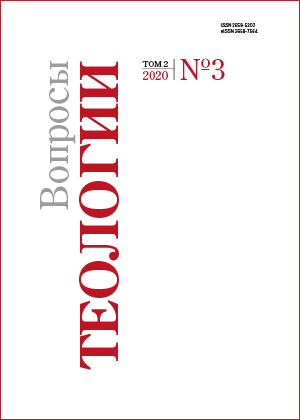Transfiguration of Moses and Enoch on Heaven and the Adamic condition
DOI:
https://doi.org/10.21638/spbu28.2020.301Abstract
In Second Temple Judaism, especially in apocalyptic literature, the encounter between God and believers acquires a distinct visionary accent. Regardless of whether heavenly realities are revealed on earth or the visionary ascends to heaven, the essence is the manifestation of important revelations. Corresponding Old Testament heroes, such as Enoch or Moses, according to apocryphal, Samaritan or rabbinic texts, ascended to the place of God’s presence (a throne room or even a cloud). In addition to receiving relevant soteriological and cosmological knowledge, they underwent transfiguration there. The transfiguration of these characters is very illustrative: they take angelic, royal, and priestly qualities. Divine radiance, shining faces, and magnificent robes are just some examples of the divine characteristics that are acquired. This article, together with the study of these elements, underlines the fact that these divine qualities were described in the literature around the change of era and dedicated to Adam prior to his expulsion from Eden. The closeness between the first man and God in the Garden of Eden was expressed in a number of divine attributes inherent in Adam, the same ones that would later be assumed by Enoch or Moses, among others, in heaven. In this way, the transfiguration of Enoch or Moses is nothing more than a manifestation of the rich Jewish anthropology of an Adamic character.
Keywords:
Adam, Moses, Enoch, transfiguration, heaven
Downloads
References
References
Downloads
Published
Issue
Section
License
Articles of "Issues of Theology" are open access distributed under the terms of the License Agreement with Saint Petersburg State University, which permits to the authors unrestricted distribution and self-archiving free of charge.




